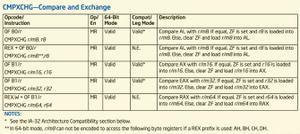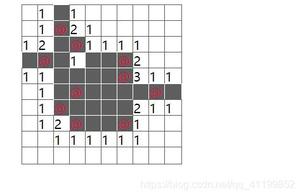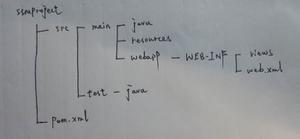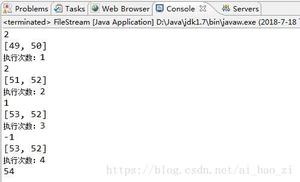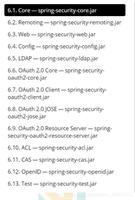java stack实现

什么是堆栈,关于这个名词,我在百度,google搜索了半天,也没有发现一个比较权威的解释,还有许多资料语焉不详,就以维基百科的解释为准吧,和我记忆中的一致。
堆栈(英文:stack),中国大陆作堆栈,台湾作堆叠,在计算机科學中,是一種特殊的串列形式的資料結構,它的特殊之處在於只能允許在鏈結串列或陣列的一端(稱為堆疊頂端指標,英文為top)進行加入資料(push)和輸出資料(pop)的運算。另外堆疊也可以用一維陣列或連結串列的形式來完成。堆疊的另外一個相對的操作方式稱為佇列。 由於堆疊資料結構只允許在一端進行操作,因而按照後進先出(LIFO, Last In First Out)的原理運作。
堆疊資料結構使用兩種基本操作:推入(push)和彈出(pop): 推入(push) :將數據放入堆疊的頂端(陣列形式或串列形式),堆疊頂端top指標加一。 彈出(pop) :將頂端數據資料輸出(回傳),堆疊頂端資料減一。
下面是用java数组实现堆栈
view plaincopy to clipboardprint?
- /**
- * 使用数组实现堆栈,包括入栈、出栈、获取堆栈长度、
- * @author Adair
- */
- publicclass Stack {
- Object[] data;
- int maxSize;
- //栈顶位置
- int top;
- public Stack(int maxSize) {
- this.maxSize = maxSize;
- data = new Object[maxSize];
- top = -1;
- }
- /**
- * 获取堆栈长度
- * @return 堆栈长度
- */
- publicint getSize()
- {
- return maxSize;
- }
- /**
- * 返回栈中元素的个数
- * @return 栈中元素的个数
- */
- publicint getElementCount()
- {
- return top;
- }
- /**
- * 判断栈空
- * @return 栈空
- */
- publicboolean isEmpty()
- {
- return top == -1;
- }
- /**
- * 判断栈满
- * @return 栈满
- */
- publicboolean isFull()
- {
- return top+1 == maxSize;
- }
- /**
- * 依次加入数据
- * @param data 要加入的数据通信
- * @return 添加是否成功
- */
- publicboolean push(Object data) {
- if(isFull())
- {
- System.out.println("栈已满!");
- returnfalse;
- }
- this.data[++top] = data;
- returntrue;
- }
- /**
- * 从栈中取出数据
- * @return 取出的数据
- */
- public Object pop() throws Exception{
- if(isEmpty())
- {
- thrownew Exception("栈已空!");
- }
- returnthis.data[top--];
- }
- /**
- * 返回栈顶元素
- * @return
- */
- public Object peek()
- {
- returnthis.data[getElementCount()];
- }
- publicstaticvoid main(String[] args) throws Exception {
- Stack stack=new Stack(1000);
- stack.push(new String("1"));
- stack.push(new String("2"));
- stack.push(new String("3"));
- stack.push(new String("4"));
- stack.push(new String("5"));
- System.out.println(stack.peek());
- while(stack.top>=0)
- {
- System.out.println(stack.pop());
- }
- }
- }
以上是 java stack实现 的全部内容, 来源链接: utcz.com/z/391881.html

